B-- Breakfast L-- Lunch D-- Dinner
-
Day 1 Nyingchi Arrival
Welcome to Nyingchi, the “Switzerland of Tibet”. You will be met by your tour guide at the hall of Milin Airport, then be escorted to your hotel in Bayi Town. In the 1 hour's driving journey, you will be welcomed by the brilliant peach blossoms along road. The rest of today is free for you to acclimatize the altitude and explore surroundings.
Accommodation: Accommodate at Bayi Town and have a good rest.
-
Day 2 Nyingchi – Bomi ( B )
Today, you are going to drive to Bomi, about 230km away from Bayi Town. The wonderful sightseeing activities come on the road.
Firstly, you will drive about 1.5km out of town to visit the most famous and magical tree in Nyingchi – the King Cypress which is 50 meters tall but more than 2,500 years old. Leave the King Cypress, you will move to the highlight of today – Gala Village, a typical peach village where the opening ceremonies of several seasons of Nyingchi Peach Blossom Festival were held. In the valley of Gala Village, you can see the peach flowers burst into bloom. Combining with the green crops and mountains, these flowers will undoubtedly make you hooked.
On your way to Lulang Forest, take a short stop at Sekyim la Pass and enjoy a distance view of Mt. Namjia Bawa. Then, continue your trip to Lulang Forest, a 15km long and 1km wide narrow valley of wild forests and flowers, grasslands and streams. Lulang, in Tibetan, means “Dragon Valley” or “the place where you won’t be homesick”. On the both sides of the valley are lofty green mountains covered by prosperous spruce, pine trees and brush. At the foot of the mountain are the beautiful meadows and villages. Winding streams flow through among the wooden houses. Wild flowers of different colors dot on the meadows. Look into distance over the valley are enormous snow-capped mountains. All these sceneries make Lulang a dream land.
After the sightseeing on Lulang Forest, you will turn to Bomi and pay a happy visit to Peach Blossom Village, another popular site for the peach flowers. Blessed by the Yarlung Zangbo River, the peach flowers grown in this village are in bigger size and exceptionally brilliant. In additon to the stunning flowers, you won't miss the majestic snow peaks there. It seems that the flowery spring is huged by the snowy winter.
Accommodation: Accommodate at Bomi.
-
Day 3 Bomi - Midui Glacier – Ranwu Lake ( B )
Today, you will enjoy a fabulous feast of landscape. After breakfast, drive about 100km, you will arrive at the famous Midui Glacier. Ranked by China National Geography as one of the top six most beautiful glaciers in China, the Midui Glacier is featured in different shapes and forms of glaciers, including two about 800 meters high ice falls. At the foot of the glacier are green wild forests. Further down the forests are peaceful Tibetan villages, farmlands and ice lakes.
Leave Midui, and move to next also the final stop of today – Ranwu Lake. It is a barrier lake formed by landslides and debris flows of around 200 years ago. The lake is tranquil and clean. But the best feature is its reflections of surrounding diverse landscapes of grasslands, forests, blue sky and snow mountains like a mirror, which changes colors in different seasons.
Accommodation: Accommodate near the Ranwu.
-
Day 4 Ranwu Lake – Nyingchi ( B )
Get up early to witness the amazing sunrise at Rawu Lake. Wispy mists float above the lake, while the morning sunlight shines on the snow mountains, which looks like a golden pyramid. Enjoy the fresh air and let your camera record the wonderful landscape.
Then you will move back to Nyingchi in the rest of today along the 318 National Road. It may take about 8~9 hours to get to Bayi Town, but you don’t have to worry being bored by the long distance. Because you will drive on the most beautiful parts of the 318 Road which starts from Rawu to Bayi. Feel free to ask for your driver for stop on the way for the scenery.
Accommodation: Accommodate at Bayi Town.
-
Day 5 Nyingchi – Lhasa ( B )
Today, we will drive to the holy City Lhasa. The whole journey takes about 7 hours’ driving. On route, you will take a sidetrip to visit Basum-tso Lake. Basum-tso Lake, 3,500 meters above sea level, originates from Nyching Tangha Mountain and is a dozen kilometers long. Snow-covered mountains, glaciers and trees are reflected upon the lake’s rippling surface. There are small islands in the middle of the lake with Buddhist temples built upon them.
After the sightseeing in Basum-tso Lake, you will drive to Lhasa alongside the picturesque Niyang River, the longest tributary of the Yarlung Tsangpo River. There are some peach flowers for your sightseeing as well. When you pass through Gongbo Gyamada county (in upper reach of Niyang River), you can also enjoye the clustering peach blossoms along the National Highway 318.
Accommodation: Arrive in Lhasa and take a good rest in the hotel.
-
Day 6 Lhasa ( B )
Start today’s Lhasa exploration with an exciting visit to the landmark - Potala Palace which is regarded as one of the most beautiful architectural building in the world. You will climb up the palace along the zigzag stone paths with white-and-red walls to the top of the palace where you can not only appreciate the exotic Tibetan-style architecture, but also get a great view of Lhasa’s urban areas, then walk into the inner space of Potala Palace to explore the stately chapels and learn about the history of the palace. Walk down stairs of the backside of Potala Palace and you will see the peach flowers as well in the park.
Continuing your exploration, you will then get to Jokhang Temple which is considered as the spiritual heart of Tibetan Buddhism. Each day, there are thousands of pilgrims coming from different places in Tibet to the temple to worship to the Buddha. This temple is also known as the “house of Buddha” because it keeps the precious Jowo Rinpoche, the life-sized (5 foot/1.5m) image of the Shakyamuni at the age of 12. The last site for today’s exploration is the famous Barkhor Street. It is a circular and wide street encircling the Jokhang Temple. The local people like to walk on the street for several circles usually in the late afternoon as a daily tradition of pilgrimage. The street also has many shops selling a wide variety of traditional Tibetan goods, religious items and handcrafts.
Tips of Today: 1) there are 1,080 steps up to climb to the top of Potala Palace, so don’t walk in a rush, which may cause high altitude sickness; 2) taking photos is not allowed inside the palace; 3) today you will be mainly outside, please bring some water, a hat, sun cream, and sun glasses with you.
Accommodation: Arrive in Lhasa and take a good rest in the hotel.
-
Day 7 Lhasa ( B )
After breakfast, you will firstly go to visit the beautiful Norbulingka which used to be the former summer palace of Dalai Lamas in the ancient time, and now is a public park. It is famous for its Potrang, the private palaces of former Dalai lamas with grandiose Tibetan architecture style. Next, drive several kilometers to the western outskirts of Lhasa to visit Drepung Monastery. Drepung, in Tibetan, means “prosperity”. Since its establishment, Drepung Monastery has always been one of the most important Buddhist monasteries in Tibet. In its heyday, there were more than 10,000 monks lived and studied in the monastery. Throughout its history, many important and famous Tibetan leaders used to study here, especially the Dalai Lamas. So Drepung Monastery is also respectfully known as the “Mother School of Dalai Lamas”.
In the afternoon, you will be taken to another famous monastery in Lhasa - Sera Monastery. It is famous for the spectacular “Buddhism Debating”. As a daily routine, the monks gather in a courtyard, and debate on the Buddhist doctrines with supplemented gestures, which is thought to be helpful to facilitates better comprehension of the Buddhist philosophy to attain higher levels of study. After enjoying the "Buddhism Debating", you will be transferred back to the city. The rest time is your own free time to rest.
The Etiquette of Visiting Monastery: 1) you shouldn’t wear short and uncover shoulders; 2) taking off your sunglasses and hat before entering the chapels; 3) taking photos is usually not allowed inside the chapels.
Accommodation: Arrive in Lhasa and take a good rest in the hotel.
-
Day 8 Lhasa Departure ( B )
Today is free for you until your tour guide transfer you to the airport in time for your flight or drop you off at Lhasa train station.
Tips of Today: 1) please pack your luggage carefully, especially for small things like camera charger, power adaptor, mobile phone, phone charger, wallet and towel; 2) If your flight is arranged in the afternoon, please make sure you check out the hotel before 12pm.
Accommodation:

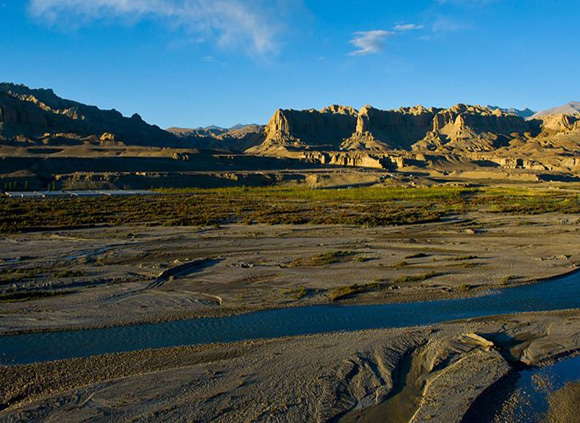 6 Days Discover Tibet Train Tour from Xining
6 Days Discover Tibet Train Tour from Xining 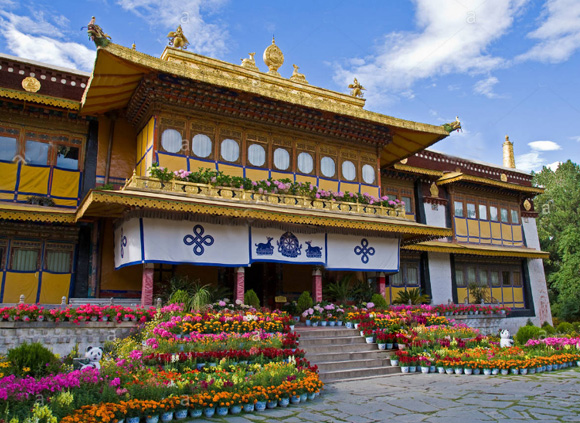 16 Days Xining - Lhasa - EBC Train Travel
16 Days Xining - Lhasa - EBC Train Travel 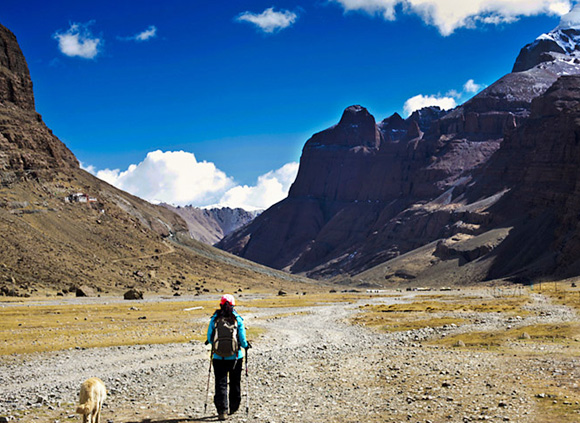 6 Days Tibet Shoton Festival Tour
6 Days Tibet Shoton Festival Tour 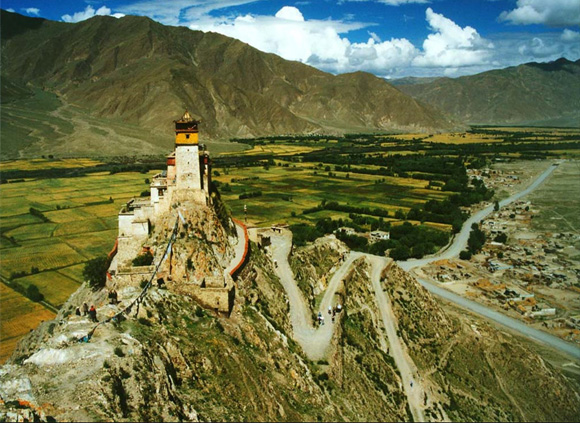 15 Days Beijing – Chengdu – Lhasa – Shanghai Tour
15 Days Beijing – Chengdu – Lhasa – Shanghai Tour 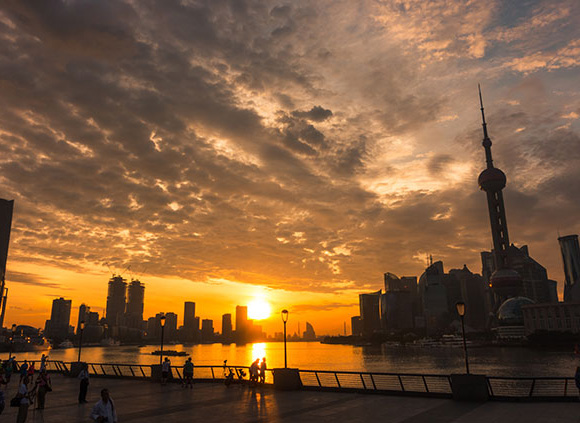 20 Days Luxury Tour from Tibet to Nepal & Bhutan
20 Days Luxury Tour from Tibet to Nepal & Bhutan 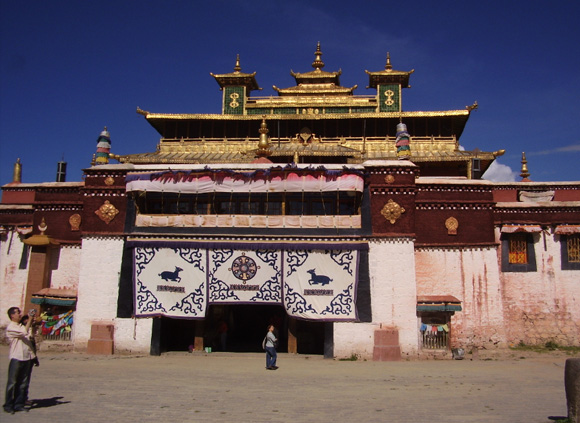 12-Day in-Depth Nepal overland Tour
12-Day in-Depth Nepal overland Tour 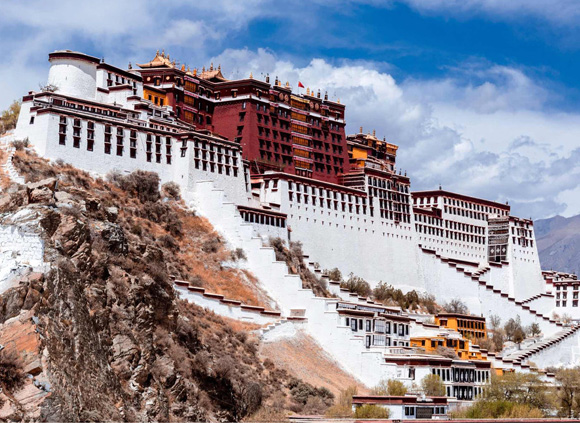 7-Day Lhasa to Kathmandu Overland Tour
7-Day Lhasa to Kathmandu Overland Tour 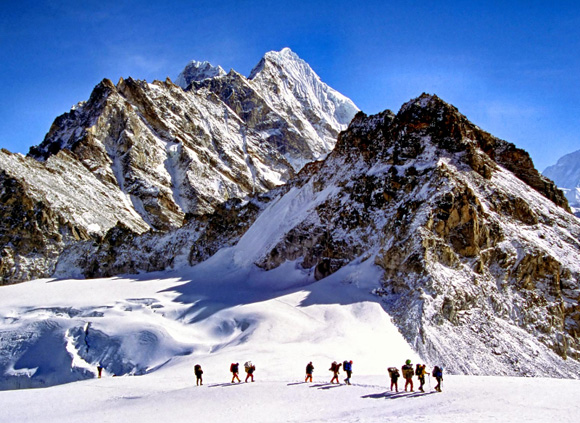 9 Days Bhutan Natural and Cultural Tour
9 Days Bhutan Natural and Cultural Tour 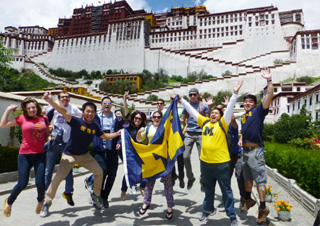
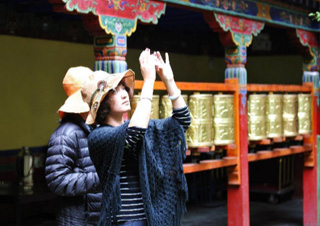
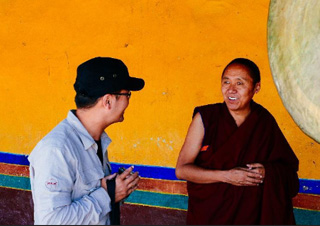
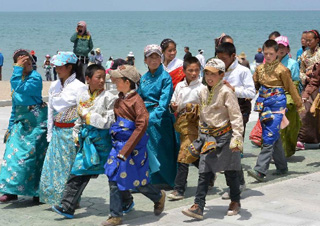
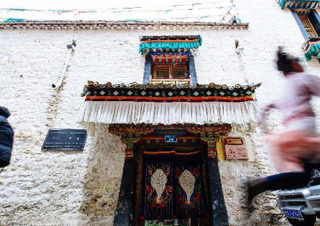
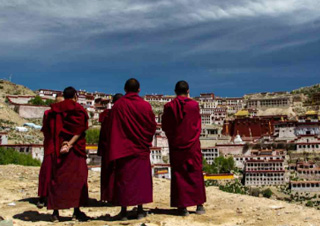
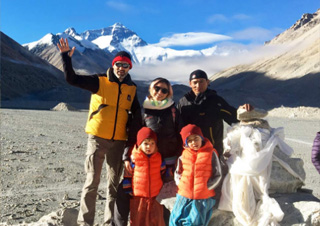
 Data in submission...
Data in submission...


